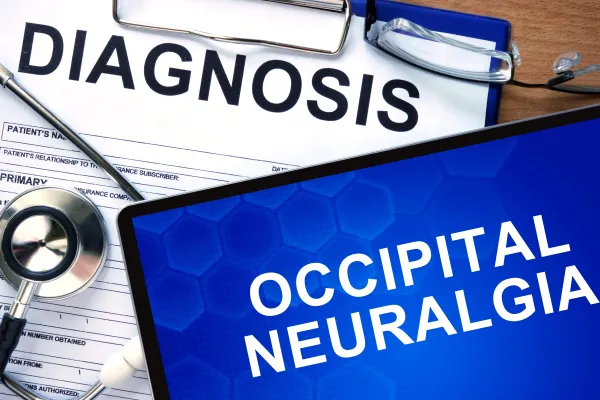ICD 10 Coding Alert
Straining to Find a Neck Sprain Code? Here are Your Options
Watch out: Careful of what seventh character you apply.
Neck sprain means that the patient presents with damage to the ligaments of the neck. To report the correct code you must specify which ligaments/joints were sprained in the neck.
Here are your options:
- S13.4xx-, Sprain of ligaments of cervical spine
- S13.8xx-, Sprain of joints and ligaments of other parts of neck
- S13.9xx-, Sprain of joints and ligament of unspecified parts of neck.
Each of these codes requires a 7th character: A (initial counter), D (subsequent encounter), or S (sequela), says Peggy Stilley, CPC, CPC-I, CPMA, CPB, COGBC, revenue integrity auditor for Oklahoma Sports Orthopedics Institute in Norman.
Documentation: The provider probably already specifies which ligaments/joints were sprained in the neck, but now you have codes to reflect that.
The provider may simply document sprain of ligaments of cervical spine as “sprain of anterior longitudinal (ligament), cervical,” “sprain of atlanto-axial (joints),” “sprain of atlanto-occipital (joints),” or “whiplash injury of cervical spine.”
Heads up: Don’t always reach for the unspecified code. You should always code to the highest specificity.
Locate This Condition in Alphabetic Index
Here is how you will locate this code in the Alphabetical Index:
Injury (see also specified injury type) T14.90
- whiplash (cervical spine) S13.4
Sprain (joint) (ligament)
- anterior longitudinal, cervical S13.4
- atlas, atlanto-axial, atlanto-occipital S13.4
- cervical, cervicodorsal, cervicothoracic S13.4
- neck S13.9
- - anterior longitudinal cervical ligament S13.4
- - atlanto-axial joint S13.4
- - atlanto-occipital joint S13.4
- - cervical spine S13.4
- - specified site NEC S13.8
- spine
- - cervical S13.4
Syndrome —see also Disease
- whiplash S13.4
Torticollis (intermittent) (spastic) M43.6
- traumatic, current S13.4
Whiplash injury S13.4
Coding tips: You will see an Exclude2 note under S13 stating that you may report this code with a strain of muscle or tendon at neck level (S16.1) code, but your physician needs to document both conditions.
If you’re seeing a patient for a worker’s compensation claim, you may have to apply an old ICD-9 code, which would be 847.0 (Neck sprain).
Related Articles
ICD 10 Coding Alert
- News You Can Use:
ICD-10 Glitch Causes CMS to Slacken PQRS Requirements
Don’t miss this CMS update. The transition from ICD-9 to ICD-10 has had its fair [...] - Coding Quiz:
Test Yourself With 5 Pap Test Scenarios
Distinguish reason for repeat Pap. When your lab performs Pap tests, do you know the [...] - Training:
Top 4 ICD-10 Coding Mistakes You Cannot Afford To Make
Don’t just correct, perfect your respiratory failure and seventh character coding. You have now entered [...] - Coding Quiz Answers:
Grade Your 5 Pap-Test Scenario Responses
Don’t confuse screening vs. diagnostic tests. After reading the questions on page 9, now is [...] - Oncology & Hematology:
Spot the Right Codes for Malignant Neoplasms in the Cord, Cauda, and Cranial Nerves
Cauda equina malignancy has defined code though not all in cranial nerves have specific codes. [...] - Orthopedics:
Straining to Find a Neck Sprain Code? Here are Your Options
Watch out: Careful of what seventh character you apply. Neck sprain means that the patient [...] - Reader Question:
Don't Be Surprised By Some CMS ICD-10 Denials
Question: Are other coders receiving denials fora PSA claim after 10/1/2016 for using the new ICD-10 [...] - Reader Question:
Get Specific with Pharyngitis Code Choice
Question: When our otolaryngologist diagnoses acute pharyngitis, how should I choose an ICD-10 code for the [...] - Reader Question:
Look Beyond E/M for Nursemaid's Elbow
Question: Which code applies to nursemaid’s elbow treatment? Our pediatrician just marked an E/M code but [...]




